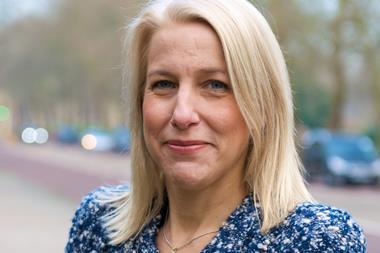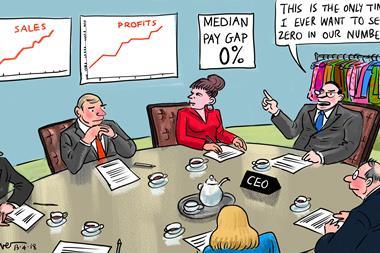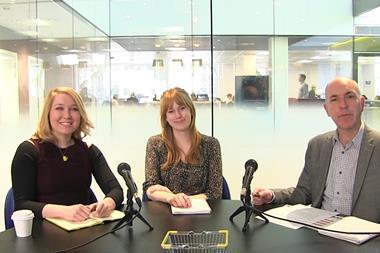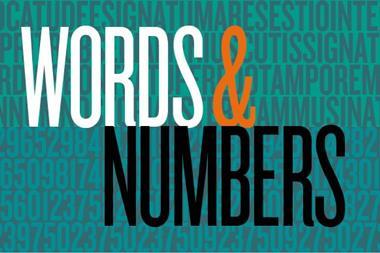Tesco has revealed a gender pay gap of 8.7% after a study of 225,000 UK workers.
Britain’s biggest retailer has become the first of the big four grocers to disclose staff pay data revealing the difference in earnings between male and female staff.
Tesco’s study revealed a median earnings gap – which takes into account wages of middle earners – of 8.7%, while the mean gender pay gap – averaging out the retailer’s lowest and highest-paid workers – comes in at 12%.
Factoring in bonuses, the median gap was 27% and the mean gap 42.6%.
The government has imposed an April 4 deadline for all firms with over 250 employees to submit information on their median and mean gender pay gaps, plus any differences in bonus payments.
Tesco has encountered high-profile pressure over the issue recently, with shopfloor staff alleging discrepancies in pay between its store and warehouse staff. If successful, the legal claim could cost Tesco £4bn in back pay.
In its report, Tesco said the gender pay gap was heavily skewed by more male workers opting for premium-paid shifts, such as nights and bank holidays.
It stressed that all hourly paid staff received equal pay, regardless of gender, and said that if the impact of premium payments were stripped out, the median pay gap would be 2.7%.
Tesco’s UK boss Matt Davies said: “While we are pleased our gender pay gap is significantly below the UK median, we want to close the gap altogether.”
Davies also admitted Tesco had a lack of women in senior positions, but said it had exceeded its target of 25% female boardroom representation last year. The supermarket giant has pledged to increase that to 30% by 2020.
Other retailers
Tesco’s report comes after a host of other retailers including New Look, John Lewis and White Stuff submitted similar data to the government.
New Look reported a mean gender pay gap of 30%, which it put down to an imbalance of men in higher-paid support centre roles, compared with predominantly female in-store sales advisor positions.
Similarly, John Lewis said its mean hourly pay gap of 13.9% was driven by a greater number of men in senior positions.
White Stuff said 87% of its employees are female, mostly working in shops as opposed to head office roles. The retailer’s mean hourly rate was therefore 30% lower for women.




























No comments yet